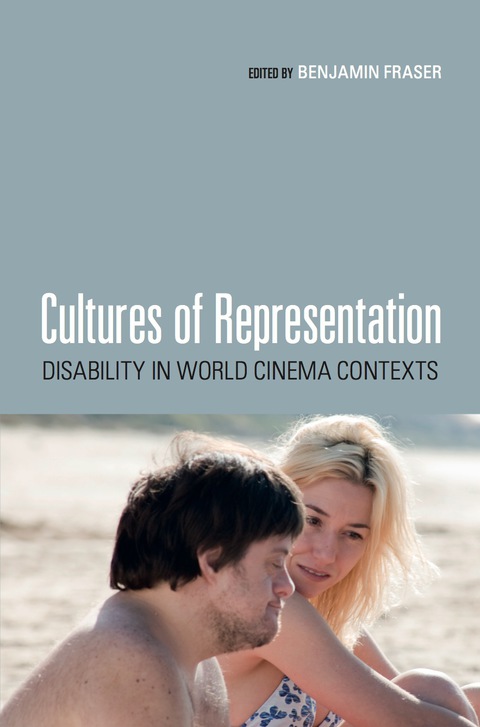Description
Efnisyfirlit
- Table of Contents
- Acknowledgments
- Notes on Contributors
- Introduction: Disability Studies, World Cinema and the Cognitive Code of Reality, by Benjamin Fraser
- Global In(ter)dependent Disability Cinema: Targeting Ephemeral Domains of Belief and Cultivating Afi
- ‘Beyond Forgiveness’? Lee Chang-dong’s Oasis (2002) and the Mobilisation of Disability Discour
- Refusing Chromosomal Pairing: Inclusion, Disabled Masculinity, Sexuality and Intimacy in Yo mama, ta
- Dunce! Duffer! Dimwit!: Dyslexia in Bollywood’s Taare Zameen Par (2007), by Sanjukta Ghosh
- Landscapes of Children: Picturing Disability in Buñuel’s Los olvidados (1950), by Susan Antebi
- Fearful Reflections: Representations of Disability in Postwar Dutch Cinema (1973–2011), by Mitzi W
- ‘People Endure’: The Function of Autism in Anton’s Right Here (2012), by José Alaniz
- Displaying Autism: The Thinking and Images of Temple Grandin (2010), by Katherine Lashley
- More than the ‘Other’? On Four Tendencies Regarding the Representation of Disability in Contempo
- The Other Body: Psychiatric Disability and Pedro Almodóvar (1988–2011), by Candace Skibba
- On the Road to Normalcy: European Road Movies and Disability (2002–2011), by Anna Grebe
- Re-envisioning Italy’s ‘New Man’ in Bella non piangere! (1955), by Jennifer Griffiths
- ‘Get Your Legs Back’: Avatar (2009) and the Re-booting of American Individualism, by Susan Flynn
- Through the Disability Lens: Revisiting Ousmane Sembène’s Xala (1975) and Camp de Thiaroye (1988)
- Homes Wretched and Wrecked: Disability as Social Dis-ease in Kurosawa’s Dodes’ka-den (1970), by
- Leprosy and the Dialectical Body in Forugh Farrokhzad’s The House is Black (1964), by Rosa Holman
- Index






Reviews
There are no reviews yet.